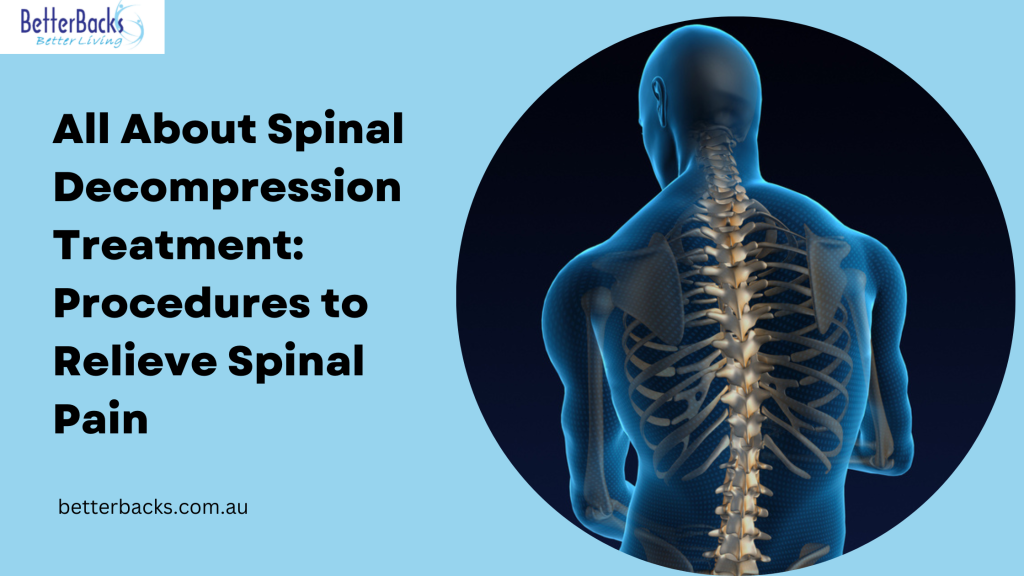Foot injuries are common among athletes due to the high physical demands of their sports. Whether it’s a sprain, fracture, or chronic condition, such injuries can significantly impact an athlete’s performance and overall well-being. Fortunately, there are specialized medical services tailored to address these issues and help athletes recover efficiently. This article will explore six essential medical services designed specifically for athletes who have suffered foot injuries.
When athletes suffer foot injuries, specialized medical services become imperative for effective recovery and rehabilitation. Podiatry services offer tailored care for a wide range of foot and ankle issues, from sprains to stress fractures. Podiatrists provide comprehensive evaluations, personalized treatment plans, and interventions such as custom orthotics and physical therapy to promote healing and restore function. Athletes seeking top-notch podiatric care can conduct a quick online search using keywords like “podiatrist in Upper East Side NYC” or rely on referrals from fellow athletes and medical professionals. Accessing specialized podiatry services ensures athletes receive the expert care needed to overcome foot injuries and return to their athletic pursuits with confidence.
Orthopedic Consultation
One of the primary steps for athletes dealing with foot injuries is seeking an orthopedic consultation. Orthopedic specialists are trained to diagnose and treat musculoskeletal conditions, including those affecting the feet. During the consultation, the orthopedic surgeon will conduct a thorough evaluation, which may include physical examinations, imaging tests such as X-rays or MRI scans, and a discussion of the athlete’s medical history and symptoms. Based on this assessment, the orthopedic specialist can provide a precise diagnosis and recommend an appropriate treatment plan.
Physical therapy plays a crucial role in the rehabilitation process for foot injuries in athletes. A skilled physical therapist can design a customized treatment program to address the athlete’s specific needs and goals. This may include exercises to improve strength, flexibility, and range of motion in the foot and ankle, as well as techniques to reduce pain and inflammation. Physical therapy sessions may also incorporate modalities such as ultrasound, electrical stimulation, and therapeutic massage to facilitate healing and recovery. By participating in a comprehensive physical therapy program, athletes can optimize their recovery and minimize the risk of re-injury.
Sports medicine physicians are trained to manage injuries and conditions related to athletic activity, including foot injuries. These specialists have a deep understanding of the biomechanics of sports and can provide comprehensive care to athletes at all levels of competition. In addition to diagnosing and treating foot injuries, sports medicine physicians can offer guidance on injury prevention, training techniques, and performance optimization. They may also coordinate care with other members of the healthcare team, such as orthopedic surgeons, physical therapists, and nutritionists, to ensure athletes receive holistic treatment that addresses all aspects of their health and well-being.
Regenerative medicine encompasses a range of innovative therapies aimed at promoting tissue repair and regeneration. For athletes with foot injuries, regenerative medicine techniques such as platelet-rich plasma (PRP) therapy and stem cell therapy may offer promising benefits. PRP therapy involves injecting concentrated platelets from the athlete’s blood into the injured tissue, stimulating the body’s natural healing processes. Similarly, stem cell therapy utilizes stem cells harvested from the athlete’s bone marrow or adipose tissue to promote tissue regeneration and reduce inflammation. These minimally invasive treatments can accelerate recovery and improve outcomes for athletes dealing with foot injuries.
Biomechanical analysis involves the assessment of movement patterns and biomechanical factors that may contribute to foot injuries in athletes. By analyzing factors such as gait, foot posture, and muscle imbalances, biomechanical experts can identify potential risk factors and biomechanical abnormalities that may predispose athletes to injury. Based on this analysis, recommendations can be made for corrective exercises, orthotic devices, and footwear modifications to optimize biomechanical function and reduce the risk of future injuries. By addressing underlying biomechanical issues, athletes can improve their performance and longevity in their sport while minimizing the likelihood of foot injuries.
Foot injuries can be debilitating for athletes, but with the right medical services and treatment strategies, recovery is possible. By seeking orthopedic consultation, engaging in physical therapy, accessing podiatry services, consulting with sports medicine physicians, exploring regenerative medicine options, and undergoing biomechanical analysis, athletes can receive comprehensive care tailored to their specific needs. With proper treatment and rehabilitation, athletes can return to their sport stronger, healthier, and better equipped to prevent future injuries.
James Martin is a passionate writer and the founder of OnTimeMagazines & EastLifePro. He loves to write principally about technology trends. He loves to share his opinion on what’s happening in tech around the world.



